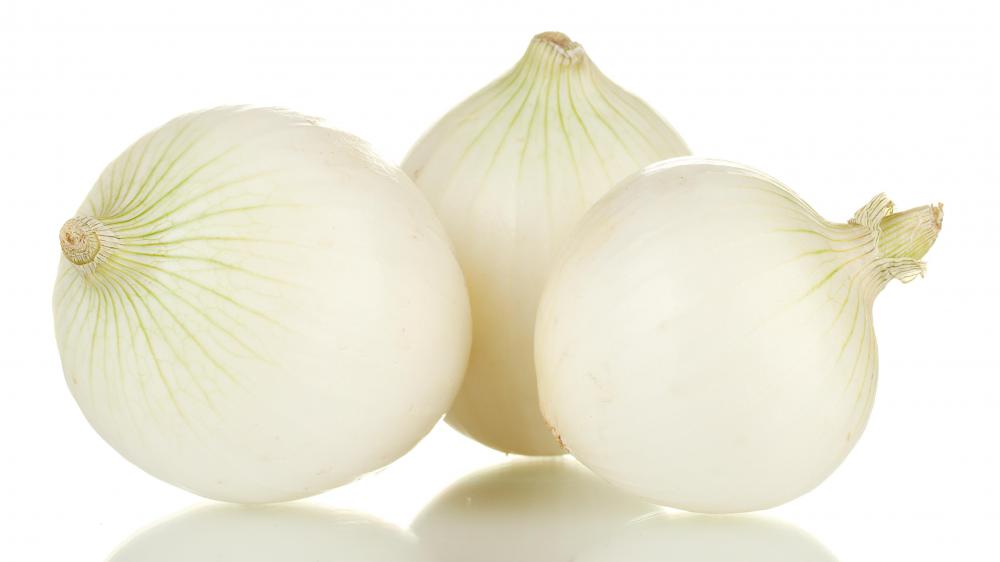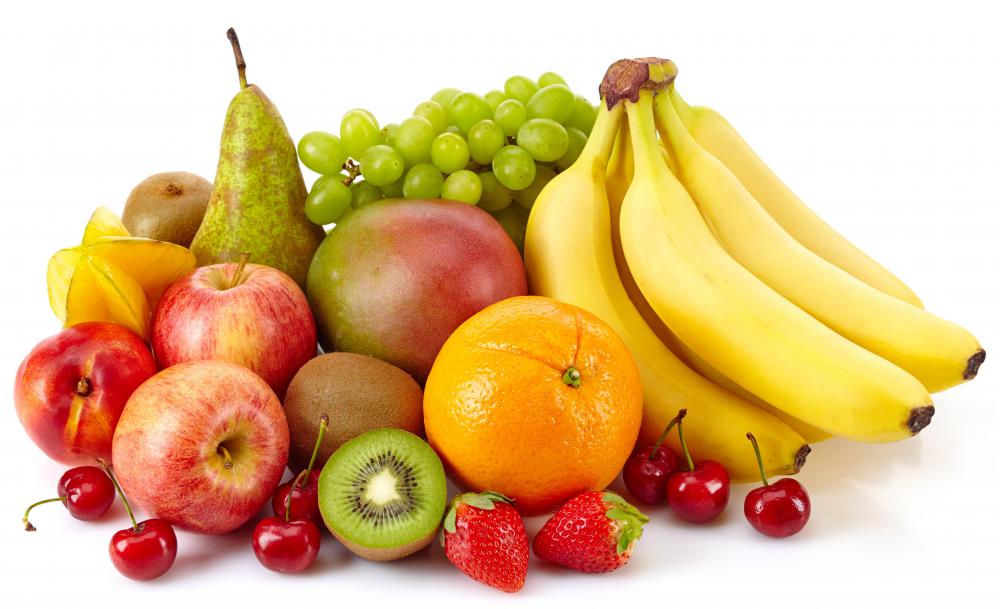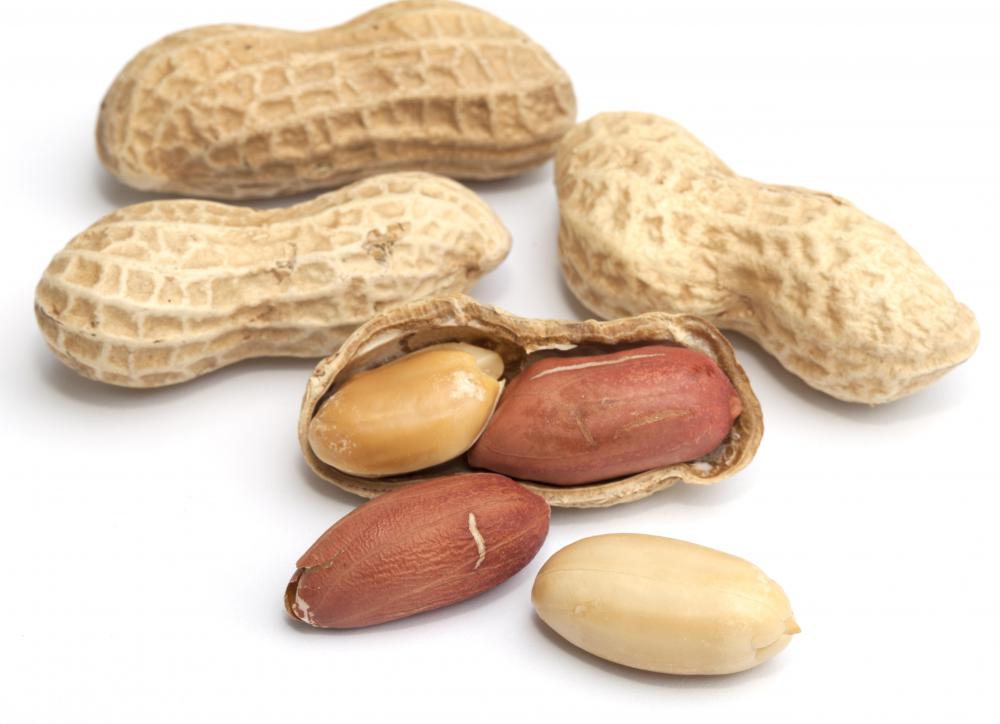At WiseGEEK, we're committed to delivering accurate, trustworthy information. Our expert-authored content is rigorously fact-checked and sourced from credible authorities. Discover how we uphold the highest standards in providing you with reliable knowledge.
What Happens to Blood Sugar After Eating?
There is normally a rise in blood sugar after eating, since most foods contain some level of glucose. The higher the food’s sugar or carbohydrate content, the higher blood sugar will rise. Some foods, such as heavily refined carbs, cause a sudden and dramatic spike in sugar levels. Others, like those which contain high fiber content, result in an increase that is more gradual.
The best way for an individual to test his or her blood sugar after eating to determine exact levels is to use a portable blood glucose meter. These are small devices which use thin test strips with a sample of one’s blood to determine blood sugar levels. They are most commonly used by diabetics to monitor glucose levels to ensure they do not become too high or low, but many people could benefit from keeping a watch on blood sugar levels throughout the day.

Those who have diabetes may have low or high blood sugar after eating, depending on which type. Type 1 diabetes is a condition in which the pancreas is not able to produce enough of the enzyme insulin in order to break down glucose in the bloodstream. This is normally a condition one is born with, and it is not caused by eating too much sugar. Type 2 diabetes causes blood sugar levels to remain high because the body produces too much insulin and eventually become resistant to its effect. Both types can be managed through proper diet and exercise and sometimes insulin injections.

Normally, blood sugar after eating should not exceed 100 mg/dl when tested two hours after eating. Levels higher than this could indicate pre-diabetes or diabetes and should be reported to a health care professional for further testing. Levels should also be no lower than 70 mg/dl two hours after eating on a consistent basis. Blood sugar may be lower or higher than normal for one testing due to unusually high sugar consumption or lack of food intake. For this reason, diabetes is often diagnosed after a series of tests rather than one reading.

Anyone who is concerned about their blood sugar readings should discuss it with his doctor. Both forms of diabetes can be treated. Type 2 diabetes can often be prevented and sometimes even reversed with certain dietary changes. Blood sugar normally varies throughout the day and is generally at its lowest level in the morning before breakfast.
AS FEATURED ON:
AS FEATURED ON:




















Discussion Comments
Most doctors recommend a blood sugar of below 100 when fasting, and not over 140 two hours after eating. Most of the time, a non-diabetic person will never hit the 140 mark, but for a Type 2 diabetic, this is how he or she can tell if a particular food will spike the blood sugar.
Really, the only reliable way for a T2 diabetic to keep an eye on his or her condition is through frequent blood sugar tests. Some diabetics test four or five times per day, and this helps them monitor what works for them and what does not.
Most diabetics will get an idea of when their sugar runs higher and lower and can log it in a booklet so they can show their physician their averages during the day. This helps the doctor adjust medications and so forth.
Post your comments